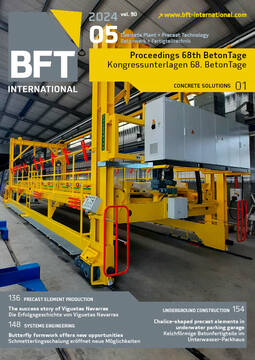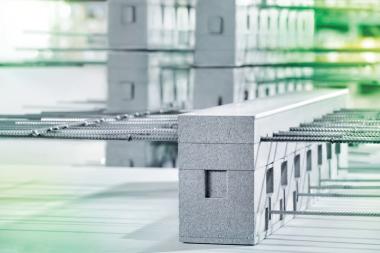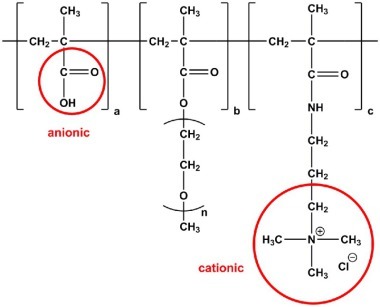Thermally and mechanically activated crushed concrete fines used as recycled binders in concrete
Producing cement for concrete components has a considerable environmental impact. This is predominantly due to the clinker burning process, which requires high thermal energy input and generates climate-impacting emissions of approximately 800 kg CO2eq per ton of clinker. While the former is due to the burning temperature of up to 1,450 °C, carbon dioxide is emitted from fuels and the conversion of the clinker raw materials. The clinker content of cements can be reduced by using alternative reactive main constituents such as granulated blast-furnace slag, coal fly ash, or calcined clays. However, the availability of the first two materials is about to decrease. Another option are crushed concrete fines, which are available in large quantities. The mechanical processing of concrete components into recycled aggregates produces fines in which hydrated cement accumulates, making them less suitable for replacing virgin sand in concrete.
Conducted tests show that hydrated cement dehydrates at processing temperatures as low as 600 °C without releasing carbon dioxide. After grinding, clinker can thus be substituted, and replacing up to 30 % by weight has only a very minor effect on the 28-day strength. However, strength decreases in line with the increase in the primary aggregate ratio, with calcareous sands having a more significant effect than siliceous sands. Hydrate phases stemming from fly ash or blast-furnace slag present in crushed concrete fines have a favorable influence on strength gain after thermal activation. Conduction Calorimetry measurements demonstrate that the rehydration of activated crushed concrete sands progresses more quickly than the hydration of Portland cement, while resulting in similarly high early strength levels. Initial results of durability tests are promising, suggesting a wide range of potential applications.








